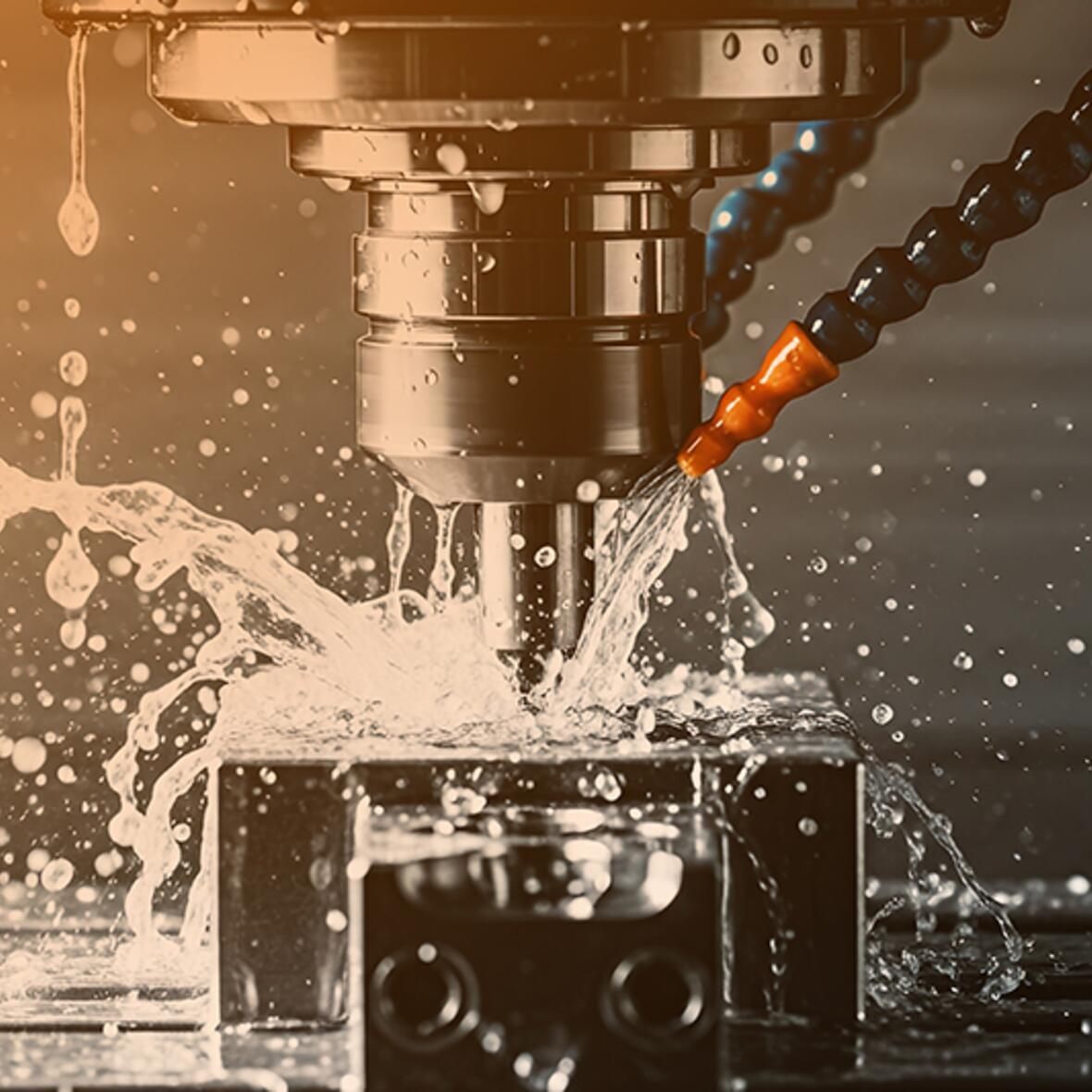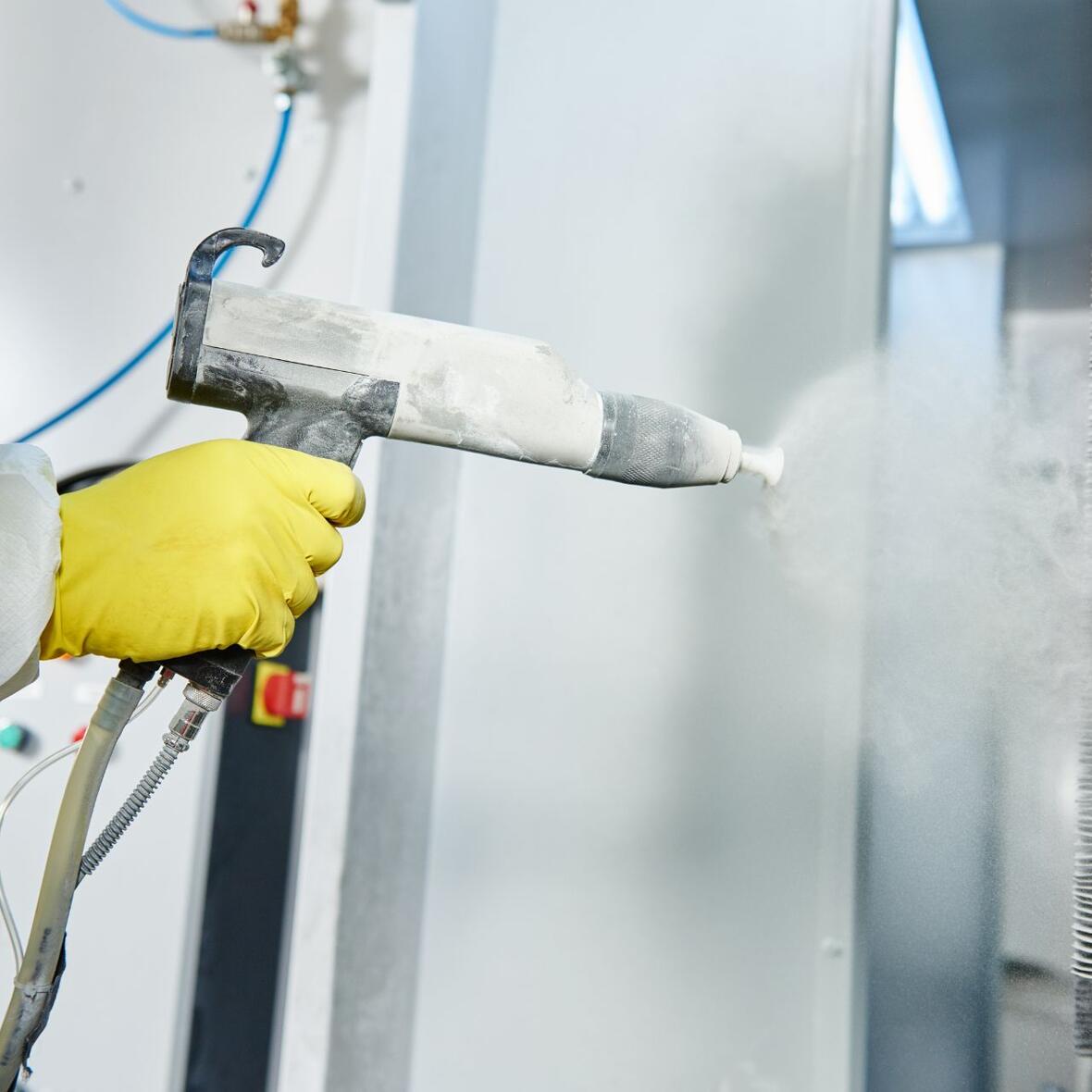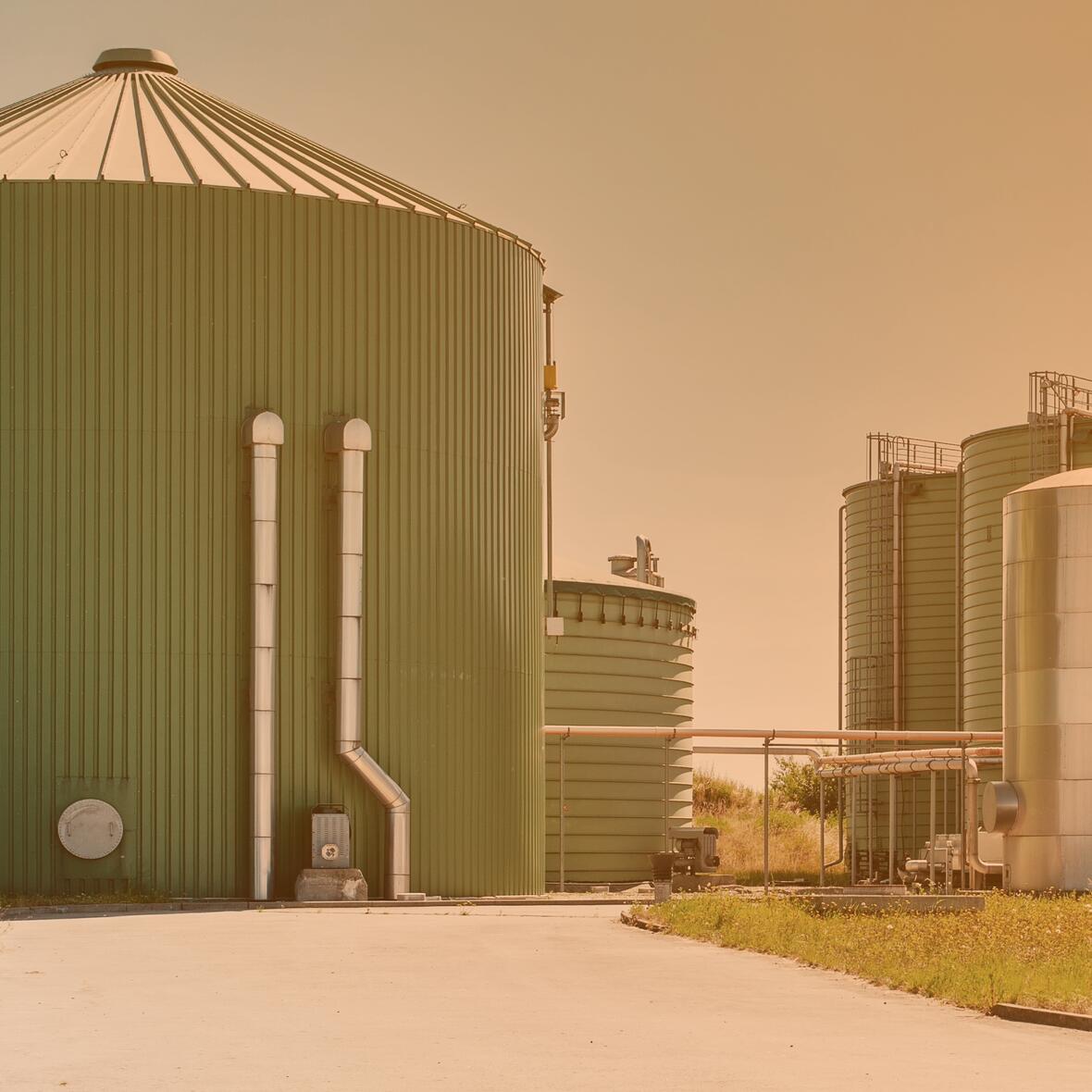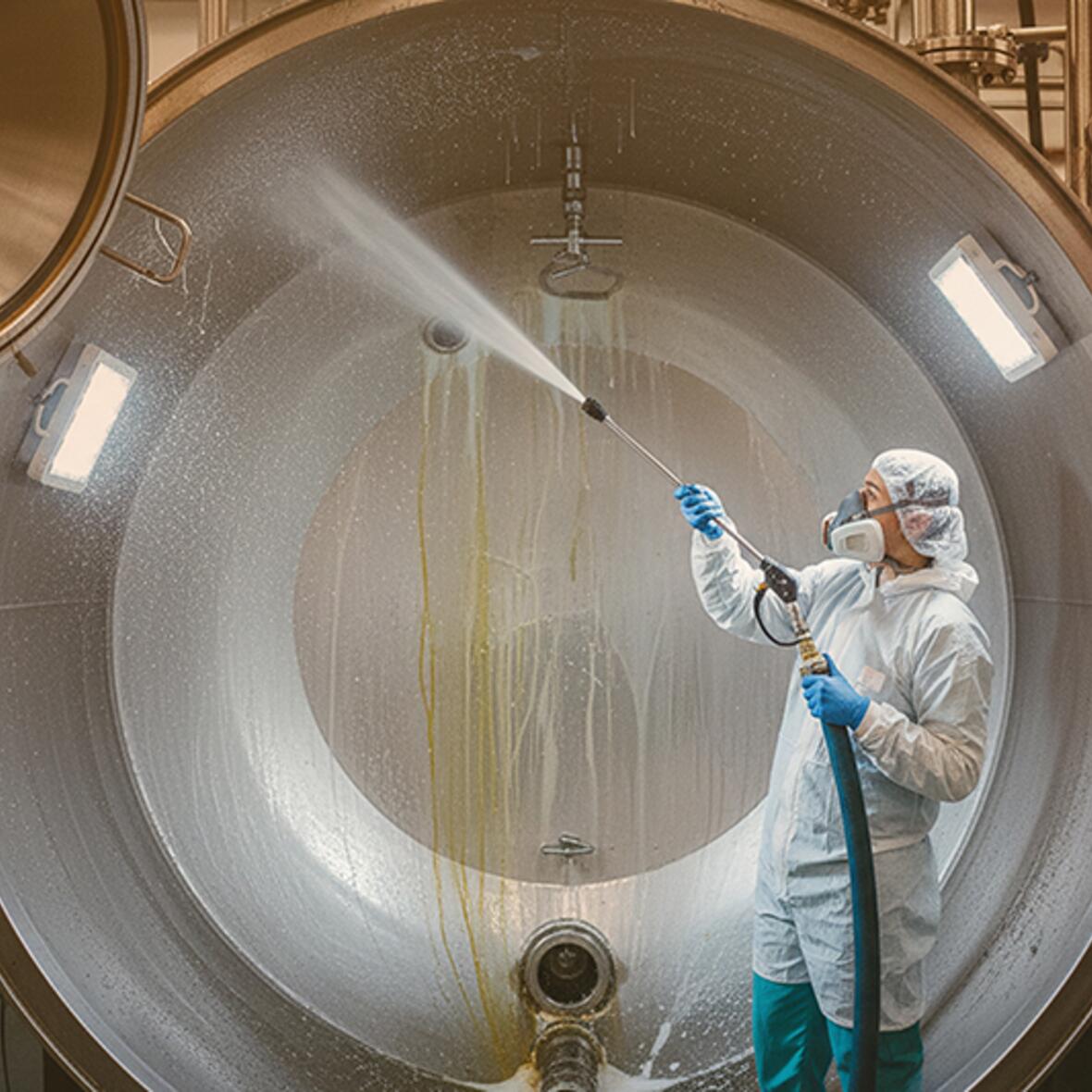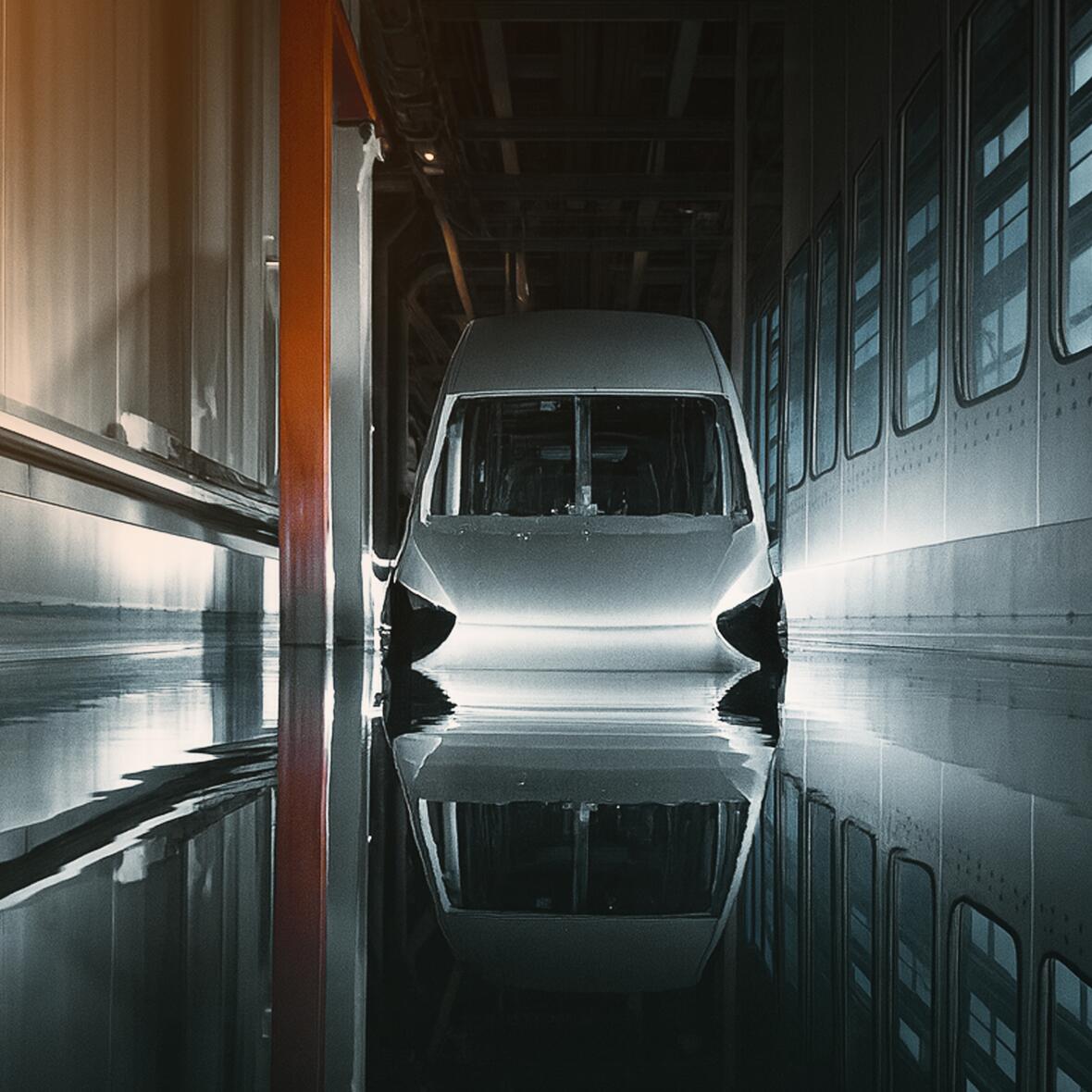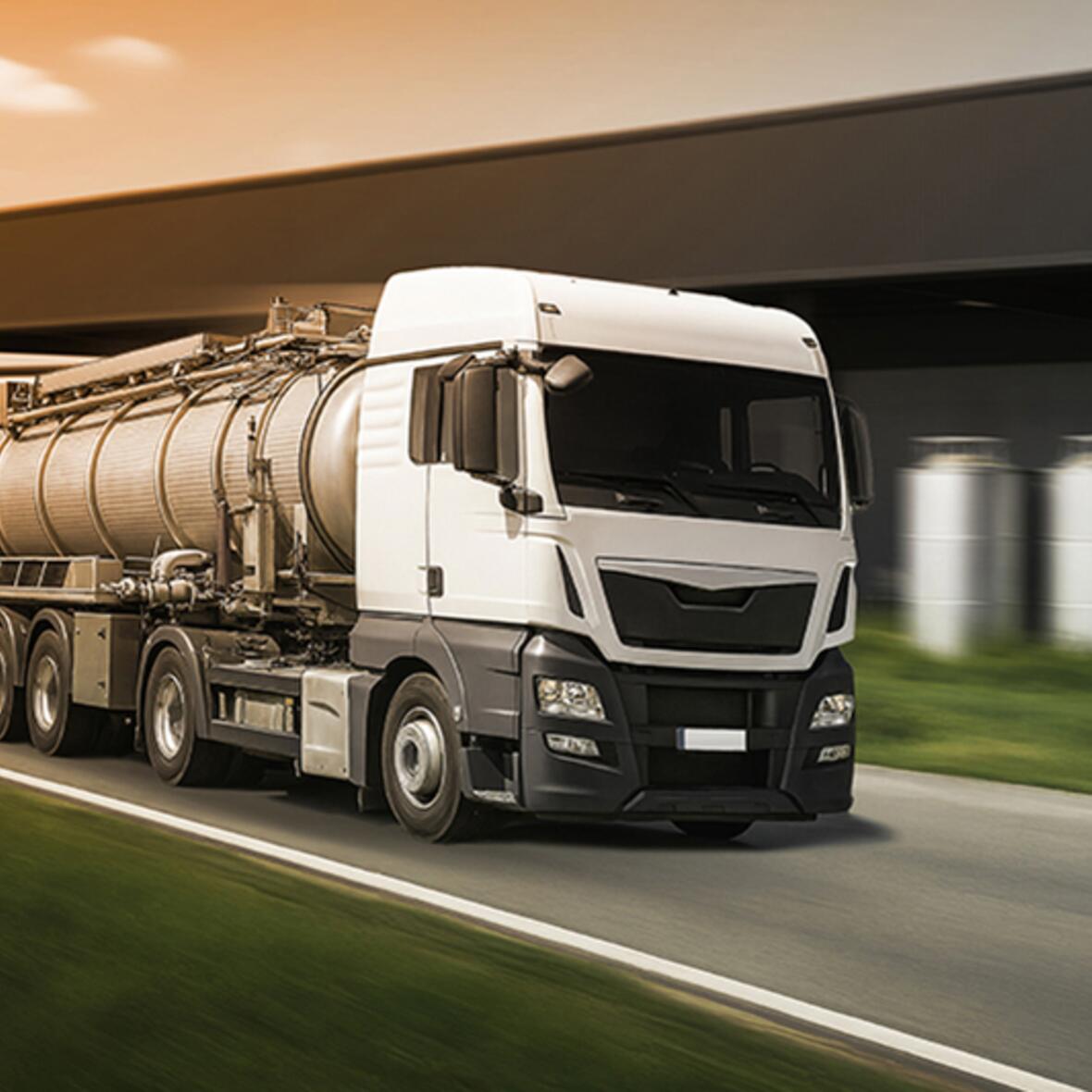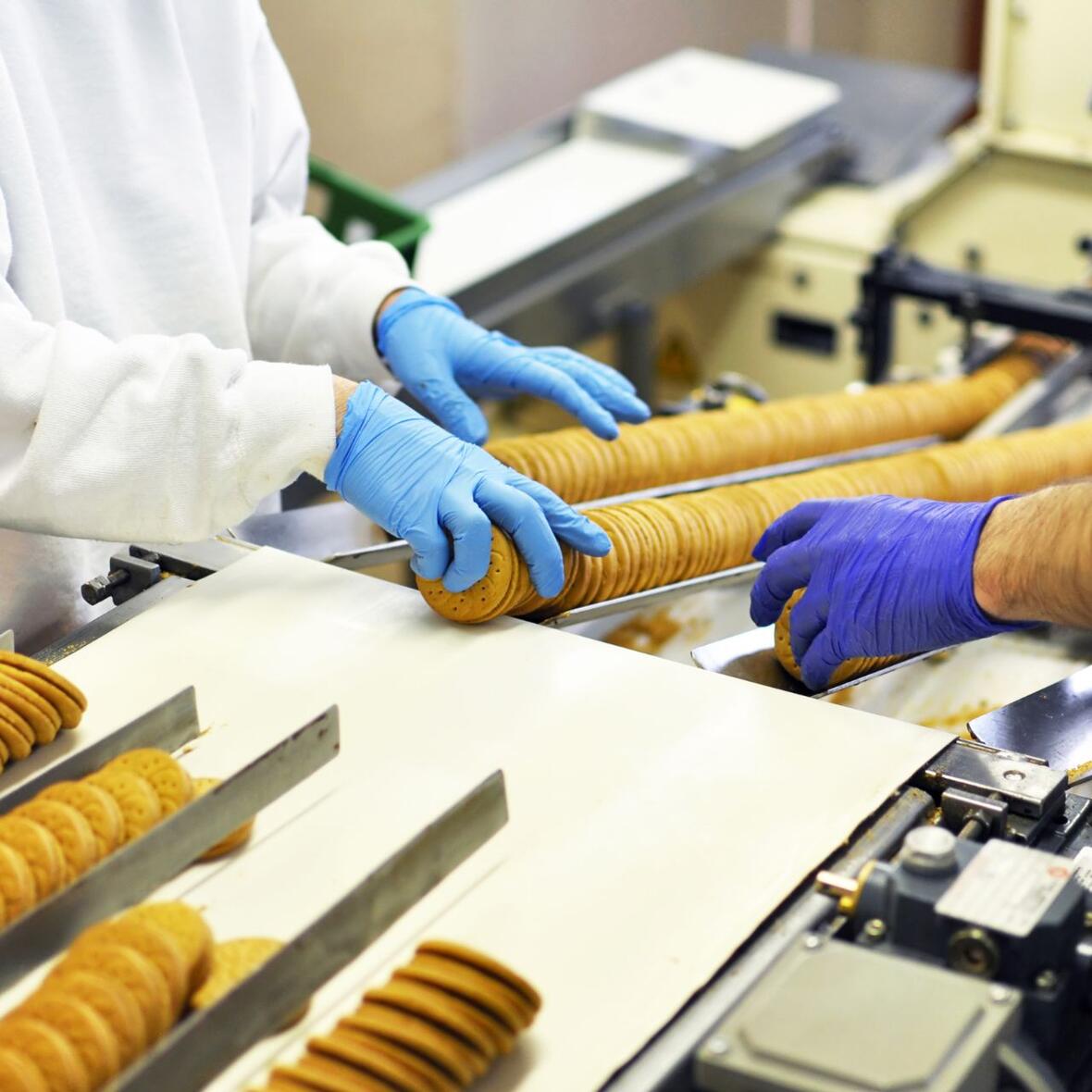BAT WASTEWATER DIRECTIVE FOR INDUSTRY: EFFICIENT AND FUTURE-ORIENTED TREATMENT
The so-called “BAT Wastewater Directive for Industry” is not a separate directive, but refers to the application of Best Available Techniques (BAT) to industrial wastewater treatment.
It is based on the European Industrial Emissions Directive (IED) – Directive 2010/75/EU – and is specified in more detail in sector-specific BAT reference documents (BREFs) and BAT conclusions.
These documents contain binding emission ranges and serve as the basis for national limit values. Affected industries such as metal processing, chemicals, automotive, and food production must adapt their wastewater treatment to this state of the art in order to meet legal requirements and environmental targets.
We offer industry-specific solutions for this purpose, e.g., evaporators, ultrafiltration, and foreign oil separators to reduce emission values and recycle water in the production process.
WASTEWATER TREATMENT IN ACCORDANCE WITH
BAT STANDARDS FOR INDUSTRIAL COMPANIES
The BAT Wastewater Directive for industry describes how wastewater treatment plants can be aligned with the state of the art in best available technology. This is based on the European BREF documents (Best Available Techniques Reference Documents), which specify which processes are considered particularly efficient and environmentally friendly for each industry.
MKR Metzger offers sophisticated technologies that help to meet the requirements of this directive, reduce operating costs, and use resources more efficiently within the company. The EU Industrial Emissions Directive (IED) provides the legal framework within which the BAT recommendations are implemented.
Our systems are designed to support the requirements of “Best Available Techniques” (BAT) in industrial wastewater treatment – whether as a guide for modernization or as part of sustainable environmental management.
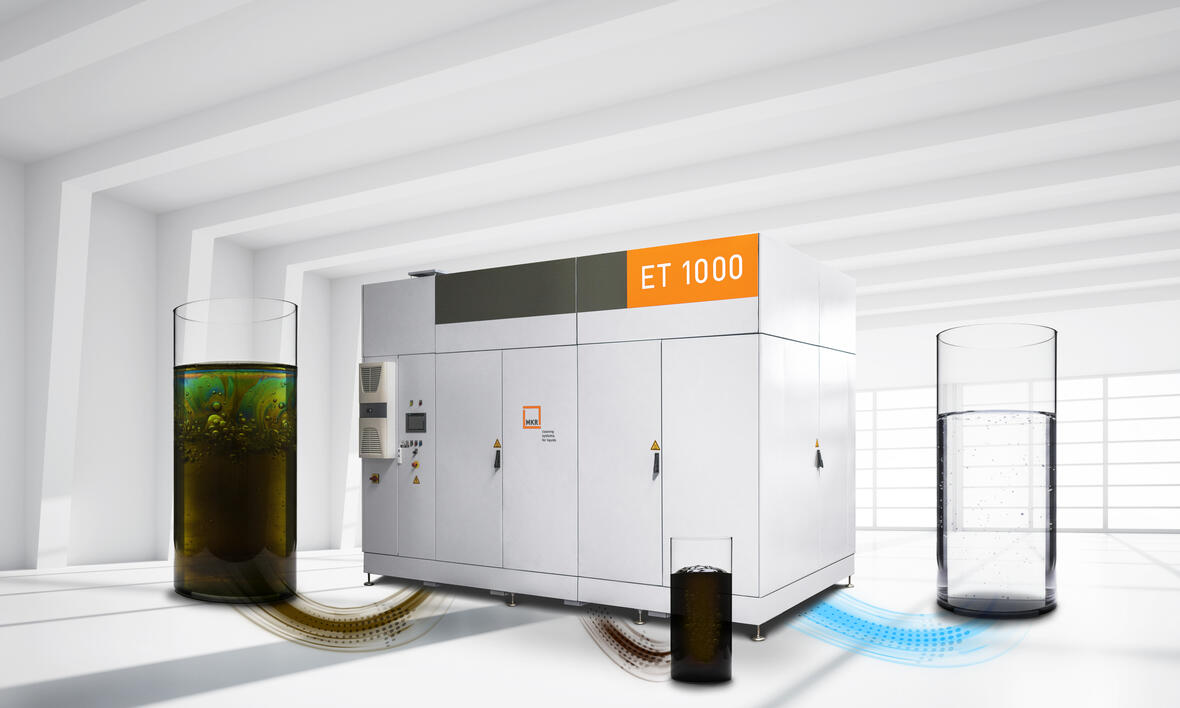
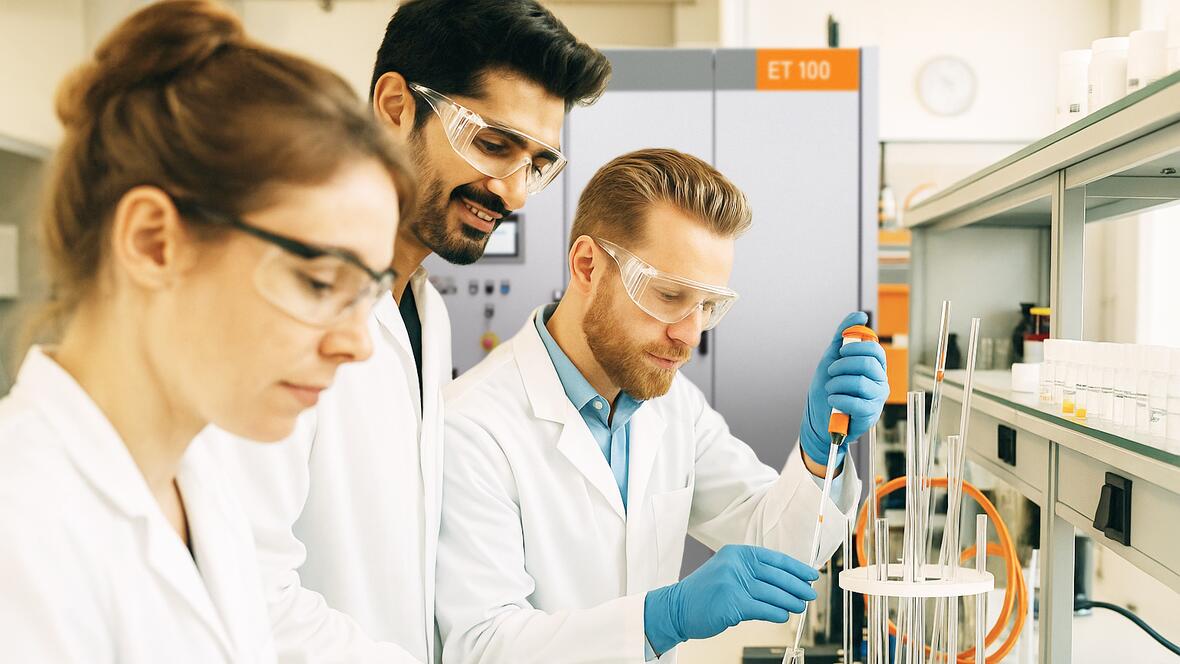
BAT limit values Wastewater Directive for industry
Below you will find the most important limit values, primarily for the waste disposal industry, but also for the metal industry and surface treatment.
The data is based on the official BAT conclusions of the European Commission, published in the Official Journal of the EU.
BAT limit values – Waste disposal companies
BAT-associated emission values for waste disposal companies
(Indirect discharge – e.g., into a receiving water body or municipal sewage treatment plant)
These limit values apply to facilities that process hazardous or non-hazardous waste – e.g., in waste oil refining, the treatment of electronic scrap, soil washing, shredding processes, or chemical-physical treatment.
GENERAL PARAMETERS
| Material / Parameters | Permissible range | Typical areas of application |
|---|---|---|
| KW index (hydrocarbons) | 0,5 – 10 mg/l | Occurs, among other things, during the mechanical treatment of metallic waste in shredders, the treatment of waste electrical and electronic equipment containing halogenated compounds, the reprocessing of waste oil, soil washing, and liquid waste from chemical-physical treatment. |
| Free cyanide (CN⁻) | 0,02 – 0,1 mg/l | When treating water-based liquid waste containing cyanide in relevant quantities |
| AOX (organically bound halogens) | 0,2 – 1 mg/l | Typical for the treatment of halogen-containing, water-based liquid waste – for example, from chemical cleaning or degreasing |
METALS & METALLOIDS – IN SHREDDERS, OLD EQUIPMENT, CHEMICAL-PHYSICAL TREATMENT
| Material / Parameters | Permissible range | Typical areas of application |
|---|---|---|
| Arsenic (As) | 0,01 – 0,05 mg/l | E.g. from the recycling of electrical appliances, waste oil processing, the treatment of metallic waste, solvent regeneration, or soil washing. |
| Cadmium (Cd) | 0,01 – 0,05 mg/l | Often occurs with battery residues, old metal parts, or certain electronic components. |
| Chromium (Cr) | 0,01 – 0,15 mg/l | Occurs, for example, when processing coated metals, electroplating residues, or from pickling. |
| Copper (Cu) | 0,05 – 0,5 mg/l | Frequently found in printed circuit boards, cables, coils, or electroplating sludge from the electronics or waste equipment sector |
| Lead (Pb) | 0,05 – 0,1 mg/l | For shredding plants that process components containing lead (e.g., cable sheathing, batteries), the value may rise to 0.3 mg/l. |
| Nickel (Ni) | 0,05 – 0,5 mg/l | E.g., waste from stainless steel processing, electroplating processes, or nickel-containing coatings |
| Mercury (Hg) | 0,5 – 5 µg/l | Occurs mainly in old appliances (e.g., thermometers, fluorescent lamps) or medical waste. |
| Zinc (Zn) | 0,1 – 1 mg/l | May occur in galvanized components, scrap metal, or electronic waste – up to 2 mg/l permissible with intensive shredding use |
METALS & METALLOIDS – IN LIQUID WASTE, RINSE WATER, CHEMICAL TREATMENT
| Material / Parameters | Permissible range | Typical areas of application |
|---|---|---|
| Arsenic (As) | 0,01 – 0,1 mg/l | May originate, for example, from the chemical-physical treatment of contaminated liquids. |
| Cadmium (Cd) | 0,01 – 0,1 mg/l | Found in chemically contaminated residues, e.g., from battery sludge or dyes |
| Chromium (Cr) | 0,01 – 0,3 mg/l | Higher values possible for liquids with high chromium content, such as those from pickling processes |
| Chromium VI (Cr(VI)) | 0,01 – 0,1 mg/l | Especially for passivation, electroplating, or pickling with chemicals containing Cr⁶⁺ |
| Copper (Cu) | 0,05 – 0,5 mg/l | In electroplating residues or heavily contaminated rinse water from electronics recycling |
| Lead (Pb) | 0,05 – 0,3 mg/l | e.g., in old batteries, lead coatings, or lead-containing solders |
| Nickel (Ni) | 0,05 – 1 mg/l | From nickel coatings, rinse water from stainless steel processing, or electroplating processes |
| Mercury (Hg) | 1 – 10 µg/l | Especially for highly contaminated liquid waste from old appliances, medicine, or chemical laboratory residues |
| Zinc (Zn) | 0,1 – 2 mg/l | Typical component of electroplating or metalworking liquid waste |
ADDITIONAL INFORMATION:
- The emission values only apply if the respective substance is verifiably contained in the wastewater and has been classified as relevant in accordance with the BAT Annex.
- Companies with their own wastewater treatment plants may deviate from these values, provided that this does not result in additional environmental pollution.
- The values are based on the official EU Decision 2018/1147 implementing the Industrial Emissions Directive.
- Our information is based on current research. If you require binding information, we will be happy to advise you personally.
YOUR ADVANTAGES WITH MKR METZGER
Support in complying with the BAT Wastewater Directive for Industry
Orientation toward industry-specific BREF documents
Compliance with current
emission and discharge values
Resource-saving recycling of process water
Reduction of disposal and operating costs
Technologically advanced,
energy-efficient solutions
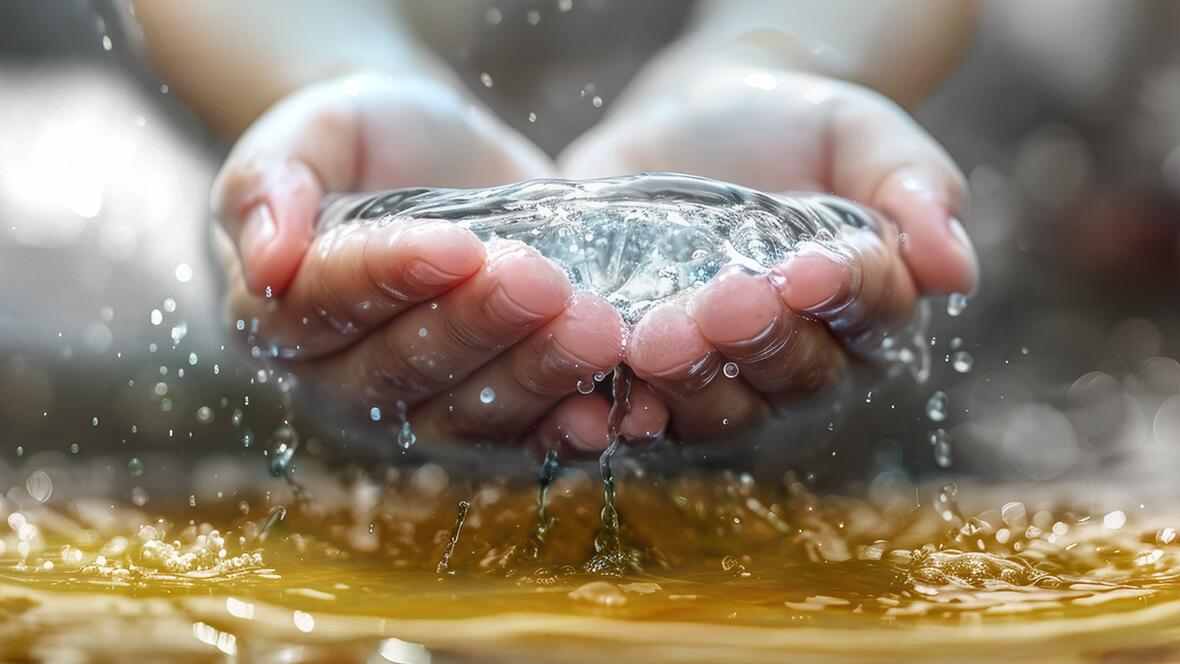
WHY BVT-ORIENTED WASTEWATER TECHNOLOGY?
The BAT Wastewater Directive for Industry serves to protect water bodies and water resources. It recommends the use of modern processes that reflect the state of the art, as described in the BREF documents. With systems such as our evaporators, ultrafiltration systems, and foreign oil separators, companies can improve their wastewater quality and enhance their environmental performance—often with measurable savings in water and disposal costs.
Our systems support, among other things:
- Efficient recycling in the production process
- Reduced discharges into surface waters
- Recovery of valuable materials from wastewater streams
RELEVANT INDUSTRIES
MKR systems are energy-efficient, low-maintenance, and modular—
ideal for industries such as metalworking, automotive, mechanical engineering, and surface technology.
FREQUENTLY ASKED QUESTIONS
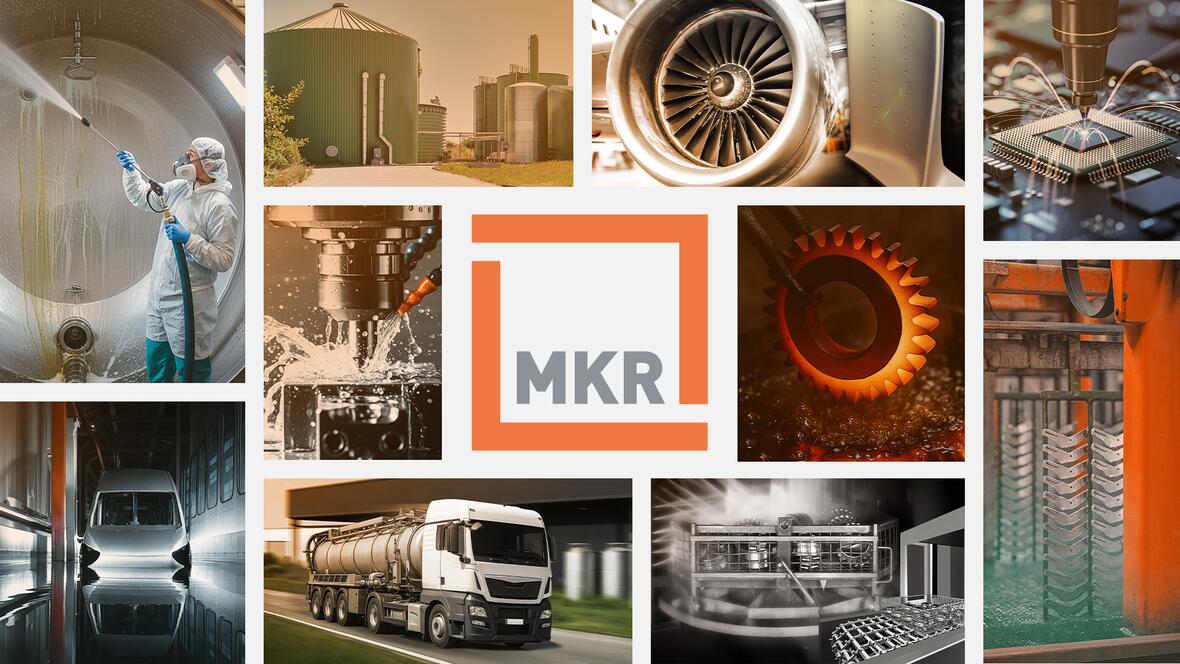
TECHNOLOGY IN DETAIL: PROCESSING WITH PROVEN METHODS
Depending on requirements, we use different methods – individually or in combination:
- evaporator system – Energy-optimized distillation under atmospheric pressure
- ultrafiltration systems – Effective separation of fine particles and emulsions
- external oil separator – Separation of oil-water mixtures
- pre-treatment (e.g., pH correction, precipitation/flocculation)
- Post-treatment (e.g., activated carbon, ion exchange) for particularly high water quality
This provides you with a customized solution that supports you in implementing the BAT-Recommendations supports and at the same time conserves resources – based on the Industrial Emissions Directive (IED) and the associated BREF-documents.

